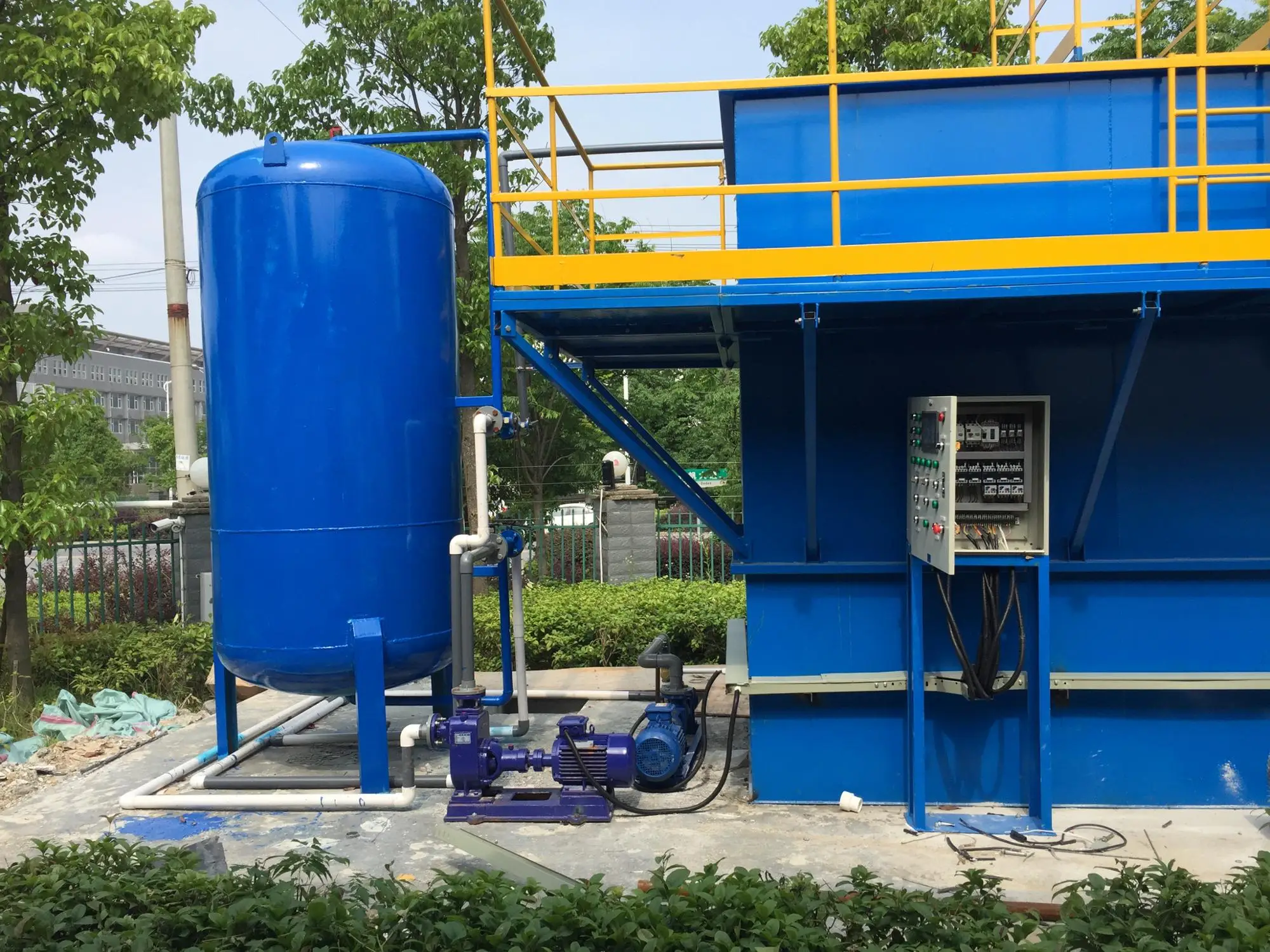
Wastewater testing over time can provide trend data that can complement other surveillance data to inform public health decision making.Health departments setting up a wastewater surveillance system to detect infectious germs should consider the following issues to make sure they are gathering data that are useful for a public health response:

Wastewater surveillance for the virus that causes COVID-19 is a developing field. Is wastewater surveillance right for my community?
#Waste management treatment plant how to
State and local health officials track a variety of data and put this information together to understand the local COVID-19 situation and decide how to best respond.įind questions and answers below on recommendations to consider when implementing a wastewater-based disease surveillance system. Public health officials watch for sustained increasing levels of the virus in wastewater and use this data to inform public health decisions. More data over time can give better, more reliable trends.A change from 500,000 units to 1 million units is also a percent change of 100%. For instance, a change from 1 unit to 2 units would be a percent change of 100%. It is important to note that when levels of virus in wastewater are low, a modest increase overall in the virus level can appear much larger as numbers are translated into percentages. Early warning systems, such as wastewater surveillance, can detect small changes as a signal for early action.Communities may see change in the virus wastewater levels as prevention strategies in their areas change. Wastewater data showing the percent change in virus levels should be used along with other data such as overall levels of the virus in wastewater, historical wastewater data for that location, geographical context (for example, whether areas have high tourism or neighboring communities with increasing cases), and clinical cases.

Wastewater surveillance data are most useful when used with other data.Wastewater data can be an important early warning signal and should be used alongside other data. Studying wastewater data can help scientists detect SARS-CoV-2, the virus that causes COVID-19, in a community even before data from doctor’s offices or hospitals get reported to public health officials. Data for different communities within a county.Data for communities where timely COVID-19 clinical testing is underused or unavailable.Data from wastewater testing support public health mitigation strategies by providing additional crucial information about the prevalence of COVID-19 in a community.ĭata from wastewater testing are meant to complement existing COVID-19 surveillance systems by providing: Once health departments are aware, communities can act quickly to prevent the spread of COVID-19. This allows wastewater surveillance to serve as an early warning that COVID-19 is spreading in a community.

The virus can then be detected in wastewater, enabling wastewater surveillance to capture presence of SARS-CoV-2 shed by people with and without symptoms.

People infected with SARS-CoV-2 can shed the virus in their feces, even if they don’t have symptoms. Wastewater surveillance can provide an early warning of COVID-19’s spread in communities. NWSS is transforming independent local efforts into a robust, sustainable national surveillance system. CDC developed NWSS to coordinate and build the nation’s capacity to track the presence of SARS-CoV-2, the virus that causes COVID-19, in wastewater samples collected across the country.ĬDC’s NWSS works with health departments to track SARS-CoV-2 levels in wastewater so communities can act quickly to prevent the spread of COVID-19. In response to the COVID-19 pandemic, CDC launched the National Wastewater Surveillance System (NWSS) in September 2020.


 0 kommentar(er)
0 kommentar(er)
